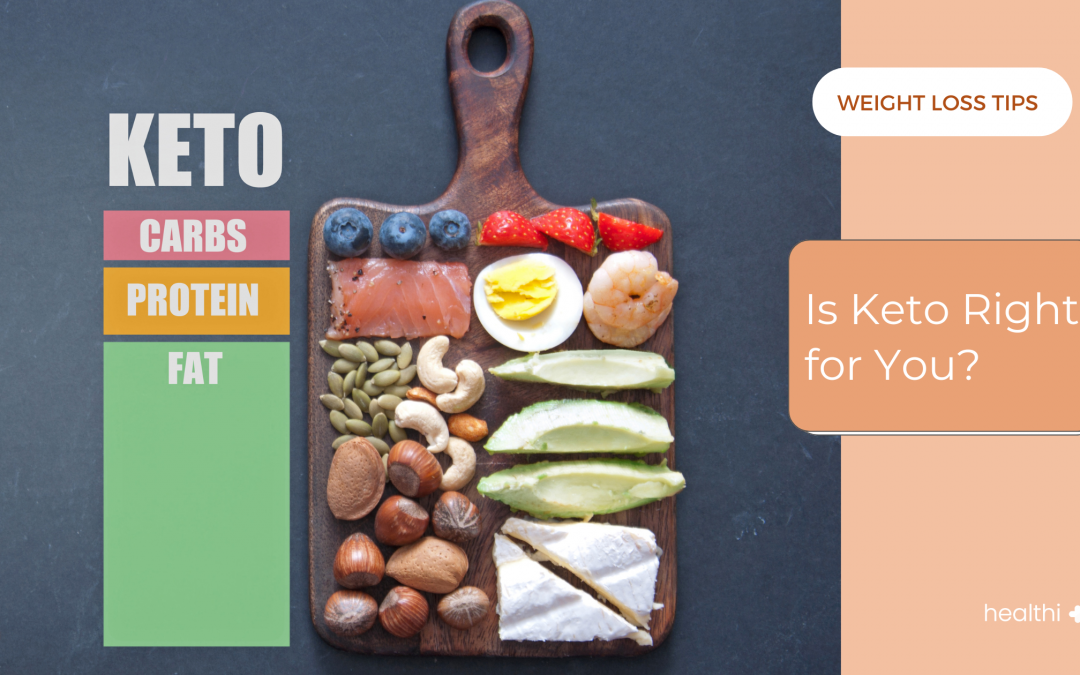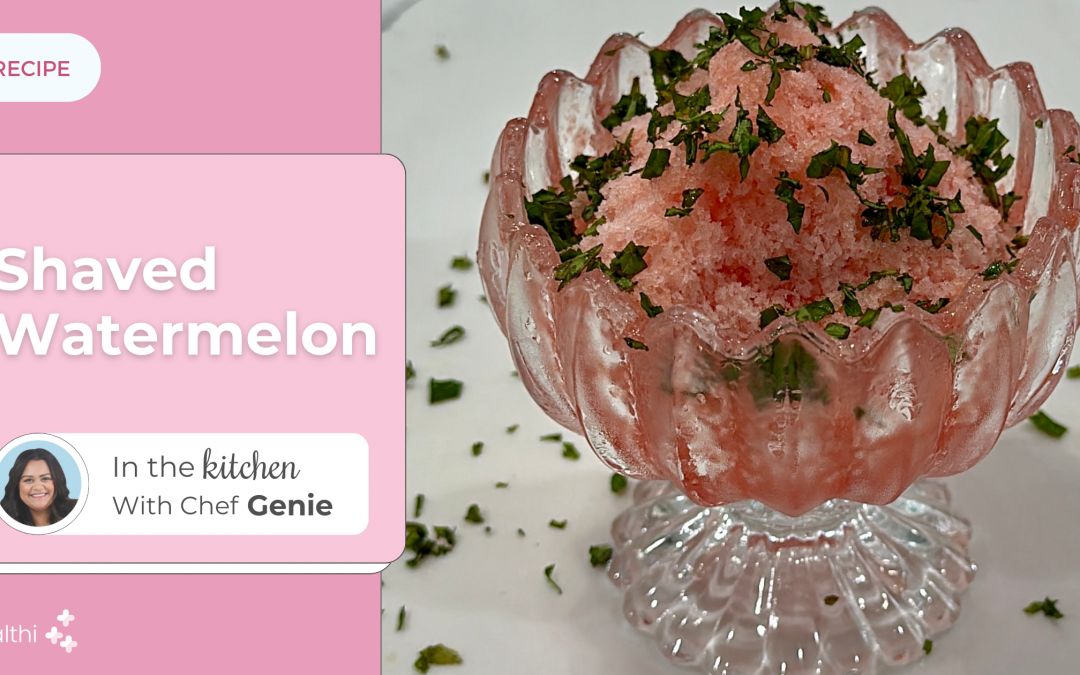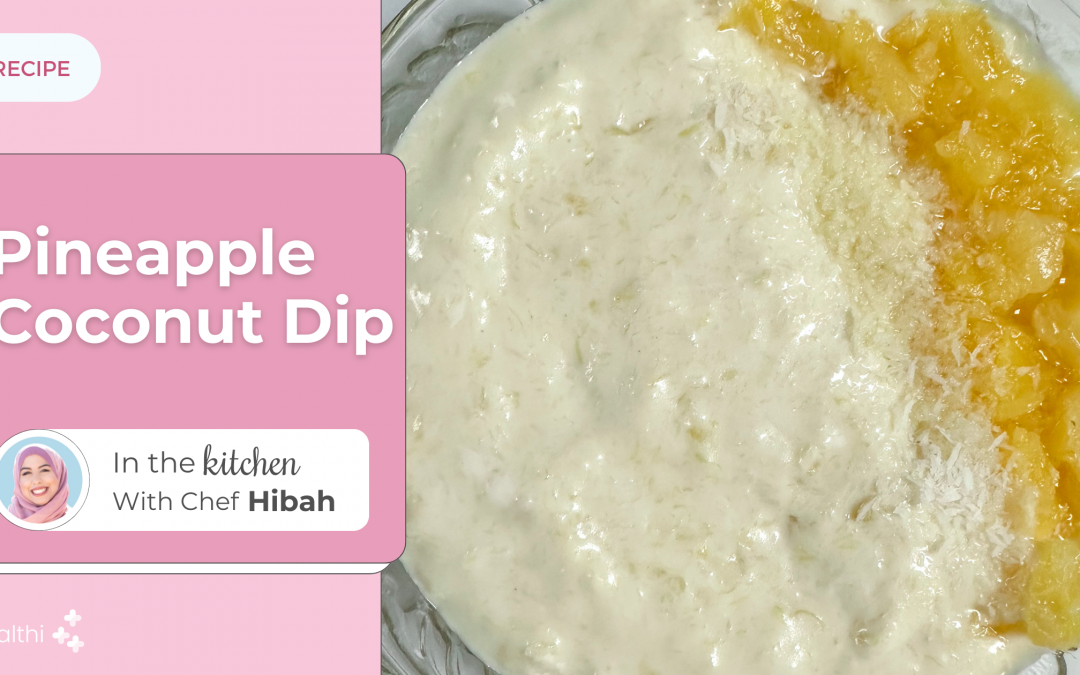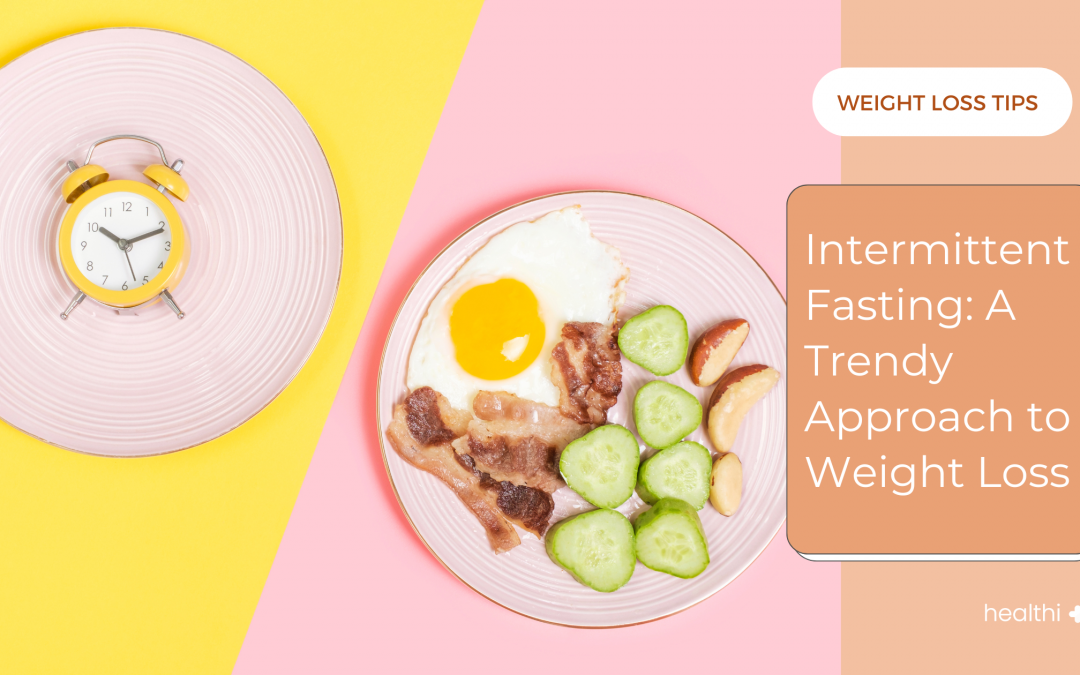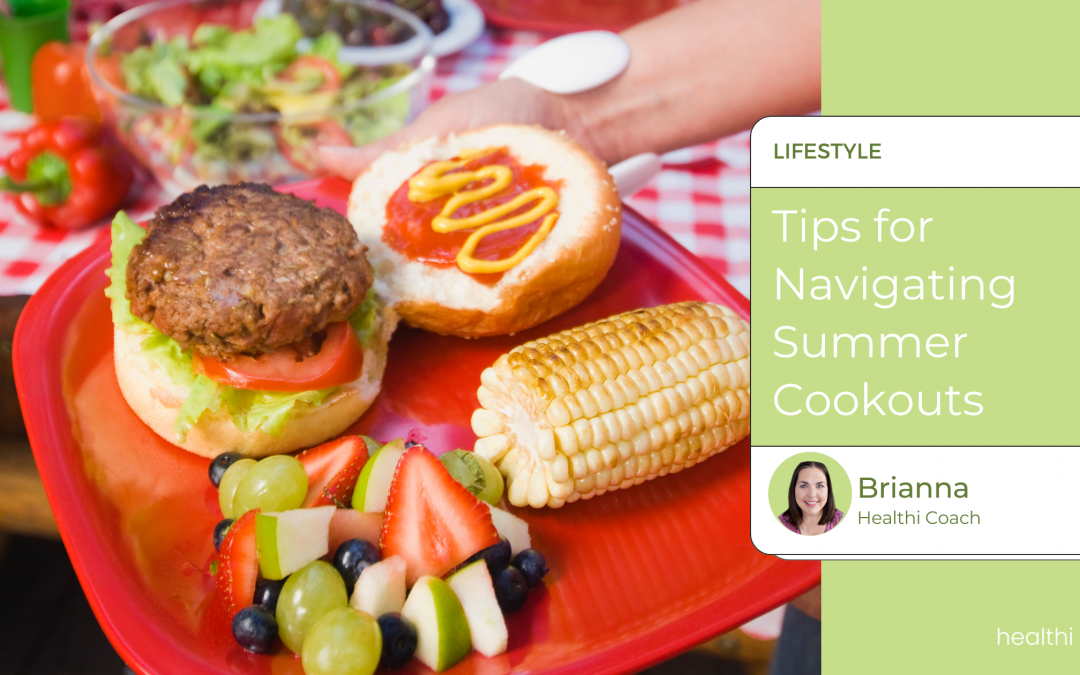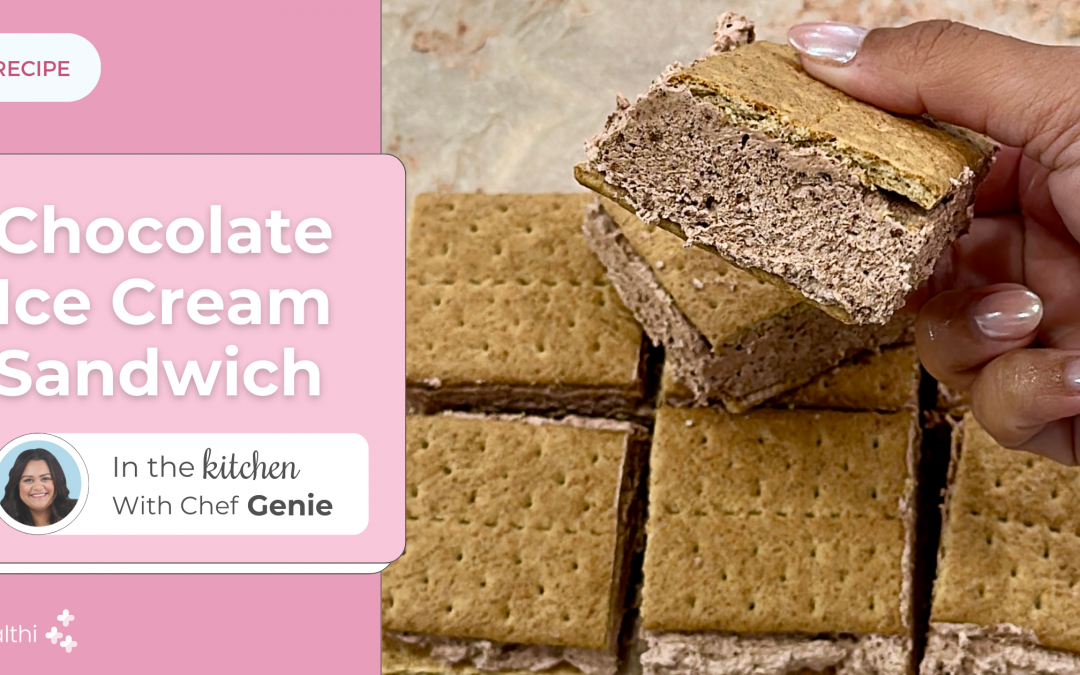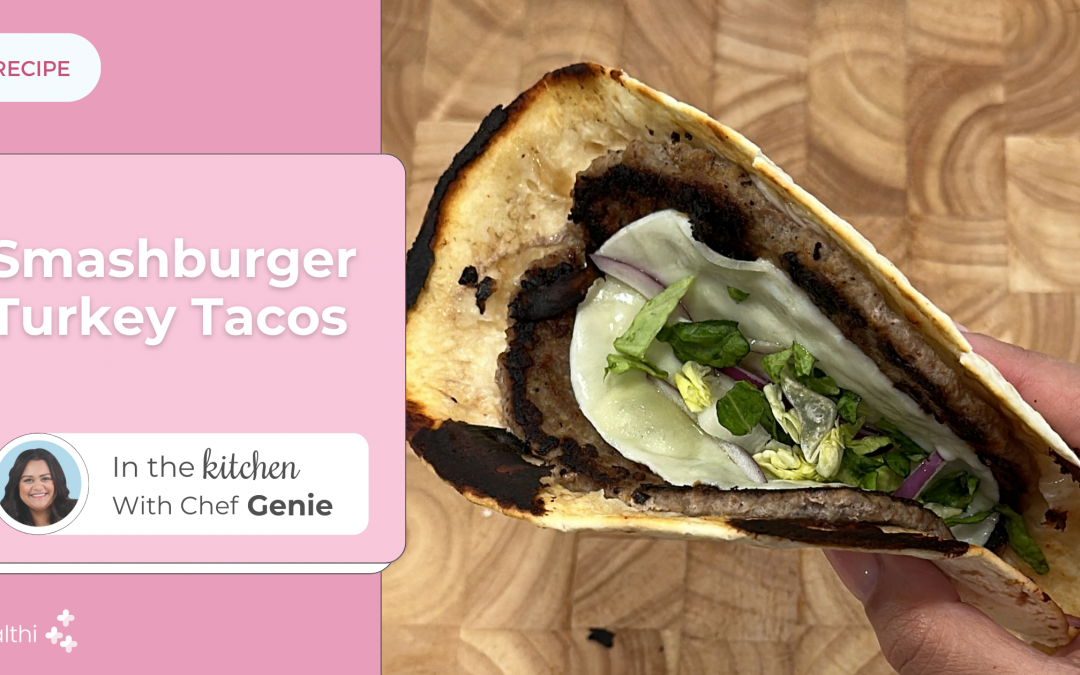Cooking Tips and Tricks for Healthy and Delicious Meals
Preparing healthy and delicious meals is a key component of a successful weight loss journey for women. By taking control of what goes into your meals and making mindful choices, you can nourish your body, support your weight loss goals, and enjoy a variety of flavors and textures. In this article, we will explore valuable cooking tips and tricks specifically designed to help women create nutritious and appetizing meals that contribute to their overall well-being and weight loss success.
Overview:
- Meal Planning for Success
- Smart Ingredient Selection
- Cooking Methods for Healthier Meals
- Flavor Boosters Without Adding Calories
- Portion Control and Mindful Eating
- The Power of Meal Prep
- Healthy Substitutions for Guilt-Free Cooking
- Conclusion
Meal Planning for Success
Meal planning is a crucial step towards successful weight loss. By taking the time to plan your meals in advance, you can make healthier choices, avoid impulsive decisions, and stay on track with your goals. Here are some tips to help you meal plan effectively for weight loss:
- Set Realistic Goals: Determine your weight loss goals and the timeframe you want to achieve them in. This will guide your meal planning process and help you create a realistic and sustainable plan.
- Calculate Caloric Needs: Determine your daily calorie needs based on your age, gender, activity level, and weight loss goals. This will give you a target calorie range to work with when planning your meals. If you’re confused about how to do this, make the process a whole lot easier by using the Healthi app. Not only does this calculate your caloric needs and allow you to monitor calorie intake, but it also comes with preloaded BITES – numerical values that help you make better food choices.
- Focus on Nutrient-Dense Foods: Include a variety of nutrient-dense foods in your meal plan, such as lean proteins, whole grains, fruits, vegetables, and healthy fats. These foods provide essential nutrients while keeping you full and satisfied.
- Portion Control: Pay attention to portion sizes when planning your meals. Use measuring cups, food scales, or visual cues to ensure you’re consuming appropriate portions. This can help you manage your calorie intake and control your weight.
- Plan for Balanced Meals: Aim for balanced meals that include a mix of macronutrients (carbohydrates, proteins, and fats) as well as a variety of colors and flavors. This helps ensure you’re getting a wide range of nutrients and keeps your meals interesting and satisfying. The Healthi app is an excellent tool to help you stay on track with a balanced diet plan. It will create custom meal plans for you, while also providing you with recipes that you can try to mix things up. To help you make better, more informed food choices, the Healthi app uses BITES – prescribed numerical values to food items – that can also help you monitor your consistency and progress.
- Cook in Batches: Prepare larger quantities of meals and ingredients that can be used throughout the week. This saves time and allows you to have healthy options readily available, reducing the temptation to opt for less nutritious choices.
- Incorporate Variety: Explore different recipes, cuisines, and cooking methods to keep your meals exciting and prevent boredom. Experiment with new ingredients and flavors to make healthy eating enjoyable.
- Plan for Snacks: Include healthy snacks in your meal plan to keep you satisfied between meals and prevent unhealthy snacking. Opt for fruits, vegetables, nuts, or yogurt as nutritious options.
- Be Mindful of Special Occasions: Plan for special occasions or events where you might have less control over your meals. Consider making healthier choices or practicing portion control during these times to stay on track.
- Stay Flexible: While meal planning is helpful, it’s important to be flexible and adaptable. Life happens, and circumstances may change, so be prepared to adjust your plan as needed.
Smart Ingredient Selection
Smart ingredient selection is a fundamental aspect of preparing healthy and nutritious meals. By choosing the right ingredients, you can boost the nutritional value of your meals while keeping them delicious. Here are some tips to help you smartly select ingredients for your weight loss journey:
- Prioritize Whole Foods: Opt for whole, unprocessed foods as the foundation of your meals. These include fruits, vegetables, whole grains, lean proteins, and healthy fats. Whole foods are rich in nutrients, fiber, and antioxidants, supporting your overall health and weight loss goals.
- Read Labels: When purchasing packaged foods, carefully read the labels. Look for products with minimal ingredients and avoid those with added sugars, unhealthy fats, or artificial additives. Aim for ingredients that are recognizable and pronounceable.
- Choose Lean Proteins: Include lean sources of protein such as skinless poultry, fish, legumes, tofu, or low-fat dairy products. These options are lower in saturated fat and calories while providing essential amino acids to support muscle growth and repair.
- Incorporate Plant-Based Proteins: Explore plant-based protein sources like beans, lentils, quinoa, chia seeds, and hemp seeds. These options are high in fiber and can be valuable alternatives to animal-based proteins for weight loss.
- Embrace Colorful Fruits and Vegetables: Include a variety of colorful fruits and vegetables in your meals. Different colors represent different phytonutrients, vitamins, and minerals that contribute to optimal health. Aim for a rainbow of produce to ensure a diverse nutrient intake.
- Opt for Whole Grains: Choose whole grains like brown rice, quinoa, oats, and whole wheat bread over refined grains. Whole grains retain their fiber content, providing sustained energy, promoting fullness, and aiding in digestion.
- Mindful Fat Selection: Include healthy fats in your diet, such as avocados, nuts, seeds, and olive oil. These fats are rich in monounsaturated and polyunsaturated fats, which support heart health and help you feel satisfied after meals.
- Reduce Added Sugars: Minimize your consumption of added sugars by avoiding sugary beverages, processed snacks, and desserts. Instead, satisfy your sweet tooth with naturally sweetened options like fresh fruits or homemade treats using healthier sweeteners like honey or maple syrup.
- Be Cautious with Condiments: Be mindful of the condiments and dressings you use, as they can add hidden calories, unhealthy fats, and excessive sodium. Opt for homemade dressings or choose options with minimal additives and lower fat content.
- Choose Organic or Local Options: When possible, opt for organic produce or locally sourced ingredients to support sustainable farming practices and reduce exposure to pesticides.

Cooking Methods for Healthier Meals
Cooking methods play a significant role in determining the nutritional value and overall healthiness of your meals. By choosing healthier cooking methods, you can retain nutrients, reduce the addition of unhealthy fats, and enhance the flavors of your dishes. Here are some cooking methods for healthier meals:
- Grilling: Grilling is a great way to cook lean proteins like chicken, fish, and vegetables. It allows excess fat to drip off, resulting in lower calorie content. Use marinades or dry rubs to add flavor without adding extra calories.
- Air Frying: Air frying is another healthier cooking method because it uses significantly less oil compared to traditional deep frying. Instead of submerging food in oil, air fryers use hot air circulation to cook the food, resulting in a crispy texture similar to deep-fried food. By using only a minimal amount of oil or sometimes even no oil at all, air frying reduces the overall calorie and fat content of the food.
- Steaming: Steaming is a gentle cooking method that helps retain the nutrients in your food. It involves using steam to cook vegetables, fish, or grains. Steaming preserves color, texture, and flavor while requiring minimal or no added fats.
- Sautéing/Stir-Frying: Sautéing or stir-frying involves quickly cooking ingredients in a small amount of oil or cooking spray over high heat. Use heart-healthy oils like olive oil or avocado oil and incorporate a variety of colorful vegetables for added nutrients.
- Baking/Roasting: Baking or roasting is a dry heat cooking method that brings out the natural flavors of ingredients. It requires little to no added fats and is suitable for cooking proteins, vegetables, and even fruits. Use parchment paper or non-stick cooking spray instead of oil for a healthier option.
- Poaching: Poaching involves gently simmering ingredients in liquid such as water, broth, or milk. It’s a great method for cooking delicate proteins like fish or eggs without adding extra fats. Flavor the poaching liquid with herbs and spices for added taste.
- Broiling: Broiling is a method that exposes food to high heat from above, similar to grilling. It’s a quick cooking technique suitable for thin cuts of meat, fish, or vegetables. Keep an eye on the food to prevent burning.
- Boiling: Boiling is a simple cooking method that uses water or broth to cook ingredients. While some nutrients may leach into the cooking liquid, it’s still a suitable option for cooking grains, legumes, or soups. Use minimal amounts of salt and avoid overcooking to retain nutrients.
- Microwaving: Microwaving is a convenient and quick cooking method that can help retain nutrients in food. It requires minimal or no added fats, making it an excellent choice for steaming vegetables or reheating leftovers.
- Slow Cooking: Slow cooking involves cooking food over low heat for an extended period, allowing flavors to develop. It’s a great option for tenderizing meats and cooking stews, soups, or legumes. Use lean cuts of meat and skim off any excess fat.
- Griddling: Griddling involves cooking food on a flat surface with little to no added fats. It’s an ideal method for cooking pancakes, sandwiches, or vegetables. Opt for non-stick griddles or use cooking sprays to minimize added fats.
Flavor Boosters without Adding Calories
Flavor plays a crucial role in making meals enjoyable, but it doesn’t have to come at the expense of adding extra calories. There are numerous ways to enhance the taste of your dishes without piling on extra fats or sugars. Here are some flavor boosters that add zest to your meals without contributing many calories:
- Herbs and Spices: Experiment with a variety of herbs and spices to add depth and complexity to your dishes. Fresh or dried herbs like basil, cilantro, rosemary, and thyme can bring vibrant flavors. Spices such as cumin, paprika, turmeric, or cinnamon can add warmth and complexity to your meals.
- Citrus Zest and Juice: Incorporate the zest or juice of citrus fruits like lemons, limes, or oranges to brighten the flavors of your dishes. The natural acidity and aromas can enhance the taste without adding many calories.
- Vinegars: Vinegars like balsamic, apple cider, or rice vinegar provide tanginess and depth to your meals. Use them in dressings, marinades, or as a finishing touch to elevate the flavor without adding significant calories.
- Garlic and Ginger: These aromatic ingredients can add a punch of flavor to your dishes. Whether sautéed, roasted, or used in marinades, they bring a delicious and savory taste while being low in calories.
- Low-Sodium Broths and Stocks: Use low-sodium vegetable, chicken, or beef broths as a base for soups, stews, and sauces. They infuse dishes with rich flavor without the need for excessive salt or unhealthy fats.
- Tomato Paste: Tomato paste is a concentrated source of umami flavor that can be used in sauces, stews, or soups. It adds depth and richness without significant caloric impact.
- Onion and Garlic Powders: These powders provide concentrated flavors and can be used as a seasoning in various dishes. They are a convenient alternative when fresh ingredients are not available.
- Hot Sauce or Chili Flakes: If you enjoy a bit of heat, hot sauces or chili flakes can add a kick of flavor without many calories. They can be used sparingly to add a spicy element to your meals.
- Fresh and Aromatic Vegetables: Incorporate vegetables like onions, bell peppers, mushrooms, or cherry tomatoes into your recipes. They not only add nutrition but also impart flavors that enhance the overall taste of the dish.
- Homemade Seasoning Blends: Create your own seasoning blends using a combination of herbs, spices, and salt-free flavorings. This allows you to customize the flavors to your liking without adding excessive sodium or calories.
Portion Control and Mindful Eating
Portion control and mindful eating are essential practices for maintaining a healthy diet and supporting weight loss goals. By being mindful of the quantity and quality of food you consume, you can develop a healthier relationship with food and improve your overall well-being. Here are some tips for portion control and mindful eating:
- Pay Attention to Hunger Cues: Listen to your body’s signals of hunger and fullness. Eat when you’re hungry and stop eating when you feel satisfied, but not overly full. Avoid eating out of boredom, stress, or other emotional triggers.
- Use Smaller Plates and Bowls: Opt for smaller plates and bowls to create an illusion of a fuller plate. It can help you feel satisfied with smaller portions and prevent overeating.
- Portion Out Meals in Advance: Instead of eating straight from a bag or container, portion out your meals and snacks in advance. This allows you to have better control over serving sizes and prevents mindless eating.
- Be Mindful of Liquid Calories: Liquid calories can add up quickly and often go unnoticed. Be mindful of sugary beverages, alcoholic drinks, and high-calorie coffee drinks. Opt for water, unsweetened tea, or infuse water with fruits and herbs for flavor.
- Fill Half Your Plate with Vegetables: Make vegetables the star of your meals by filling half of your plate with a variety of colorful vegetables. They are low in calories and high in nutrients, helping to create a balanced and satisfying meal.
- Slow Down and Chew Thoroughly: Take your time to eat, savor each bite, and chew your food thoroughly. This allows your body to register satiety and can prevent overeating.
- Practice Mindful Eating: Engage all your senses while eating. Notice the colors, textures, and flavors of your food. Avoid distractions like screens or multitasking and focus on the experience of eating.
- Be Mindful of Emotional Eating: Recognize the difference between physical hunger and emotional hunger. Address emotional needs through non-food activities like exercise, journaling, or talking to a friend.
- Learn Portion Size Guidelines: Familiarize yourself with portion size guidelines to understand appropriate serving sizes. Use measuring cups, spoons, or visual cues (e.g., a deck of cards for protein) to help estimate portion sizes.
- Practice Moderation, Not Deprivation: Allow yourself to enjoy your favorite foods in moderation. Depriving yourself of foods you love can lead to feelings of restriction and ultimately, overeating.

The Power of Meal Prep
Meal prep, the practice of preparing meals in advance, is a powerful tool that can support your weight loss and healthy eating goals. By dedicating time to plan, cook, and portion out meals ahead of time, you set yourself up for success by ensuring that nutritious and satisfying options are readily available. Here’s why meal prep is so powerful:
- Time and Convenience: Meal prepping saves time during busy weekdays or when you’re feeling tired and unmotivated to cook. By spending a few hours on a designated day to prepare meals, you eliminate the need for daily cooking and reduce the temptation to order takeout or rely on unhealthy convenience foods.
- Portion Control: Meal prepping allows you to control portion sizes, which is crucial for weight loss. By portioning out meals in advance, you can avoid overeating and stick to your calorie or macronutrient goals.
- Nutritional Balance: When you plan and prepare meals ahead of time, you have the opportunity to create well-balanced and nutritious dishes. You can ensure that each meal includes a good mix of protein, complex carbohydrates, healthy fats, and vegetables, providing your body with essential nutrients. Moreover, as mentioned before, the Healthi app serves as a valuable tool for maintaining a balanced diet. It generates personalized meal plans and offers a wide range of recipes to keep your eating habits diverse and enjoyable. The app also introduces the concept of BITES, assigning numerical values to food items to help you make informed choices and monitor your consistency and progress.
- Reduced Food Waste: Meal prepping helps minimize food waste as you can plan your meals based on the ingredients you already have. By using up perishable items before they spoil and repurposing leftovers, you contribute to a more sustainable approach to eating.
- Improved Food Choices: When you have meals prepped and readily available, you’re less likely to resort to unhealthy options or impulsive food choices. Having nutritious meals on hand empowers you to make better decisions and stay on track with your weight loss goals.
- Portability: Prepping meals in advance allows you to have healthy options wherever you go. You can pack your prepped meals in portable containers or bento boxes, ensuring that you have nourishing food available at work, during travel, or when you’re on the go.
- Financial Savings: Meal prepping can help you save money by reducing the frequency of eating out or ordering takeout. By buying ingredients in bulk and utilizing leftovers, you can make the most of your grocery budget.
- Enhanced Cooking Skills: Meal prepping provides an opportunity to experiment with new recipes, flavors, and cooking techniques. Over time, you’ll develop better cooking skills and become more confident in the kitchen.
Healthy Substitutions for Guilt-Free Cooking
When it comes to guilt-free cooking, making healthy substitutions can be a game-changer. By swapping out ingredients high in unhealthy fats, sugars, and calories with healthier alternatives, you can create nutritious and delicious meals without sacrificing flavor. Here are some healthy substitutions to consider:
- Use Whole Grains Instead of Refined Grains: Opt for whole grains like brown rice, quinoa, whole wheat pasta, and whole grain bread instead of refined grains. Whole grains are higher in fiber, vitamins, and minerals, and can help keep you feeling full and satisfied.
- Choose Lean Proteins: Select lean protein sources such as skinless chicken breast, turkey, fish, tofu, or legumes instead of fatty meats. Lean proteins are lower in saturated fats and provide essential nutrients while supporting healthy weight management.
- Swap Full-Fat Dairy for Low-Fat Options: Replace full-fat dairy products like whole milk, cheese, and yogurt with their low-fat or fat-free counterparts. This reduces the intake of saturated fats while still providing calcium and other nutrients.
- Substitute Healthy Fats for Unhealthy Fats: Opt for healthier fats such as avocados, nuts, seeds, and olive oil instead of saturated and trans fats found in butter, margarine, and fried foods. These healthier fats can support heart health and provide essential fatty acids.
- Enhance Flavor with Herbs and Spices: Use herbs, spices, and aromatic ingredients to add flavor to your dishes instead of relying on excessive salt or high-calorie sauces and dressings. Fresh herbs, garlic, ginger, chili flakes, and citrus zest can elevate the taste of your meals without adding extra calories.
- Replace Sugar with Natural Sweeteners: Reduce your intake of refined sugars by using natural sweeteners like honey, maple syrup, or dates in moderation. These alternatives provide sweetness with added nutrients and are a healthier option than refined sugars.
- Incorporate More Fruits and Vegetables: Increase your intake of fruits and vegetables in various ways. Add extra vegetables to your meals, include them in salads, stir-fries, and soups, and use fruits as natural sweeteners in baking or as a healthy dessert option.
- Bake or Grill Instead of Fry: Choose baking, grilling, or steaming methods instead of frying to reduce the amount of added fats and calories in your meals. These cooking techniques still produce flavorful results without the need for excessive oil.
- Choose Water or Unsweetened Beverages: Opt for water, unsweetened tea, or infused water instead of sugary sodas, juices, or energy drinks. These options hydrate your body without the added calories and artificial sweeteners.
- DIY Salad Dressings and Sauces: Make your own salad dressings and sauces using healthier ingredients like olive oil, vinegar, Greek yogurt, herbs, and spices. This allows you to control the quality of ingredients and reduce added sugars and unhealthy fats.
Conclusion
With these cooking tips and tricks at your disposal, you can embark on a culinary journey that supports your weight loss efforts and satisfies your taste buds. By incorporating smart meal planning, making mindful ingredient choices, using healthy cooking methods, enhancing flavors wisely, practicing portion control, and engaging in meal prep, you can create a repertoire of delicious and nutritious meals that contribute to your overall well-being.
Remember: the key is to approach cooking as an enjoyable and empowering activity that aligns with your health goals. Therefore, grab your apron, gather fresh ingredients, and embark on your culinary adventure as you take charge of your health and weight loss journey.






